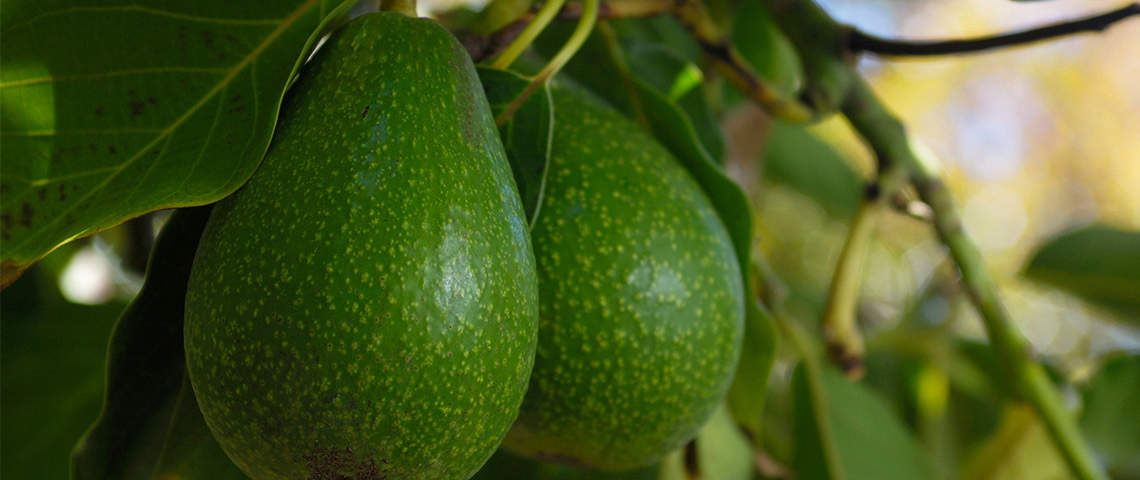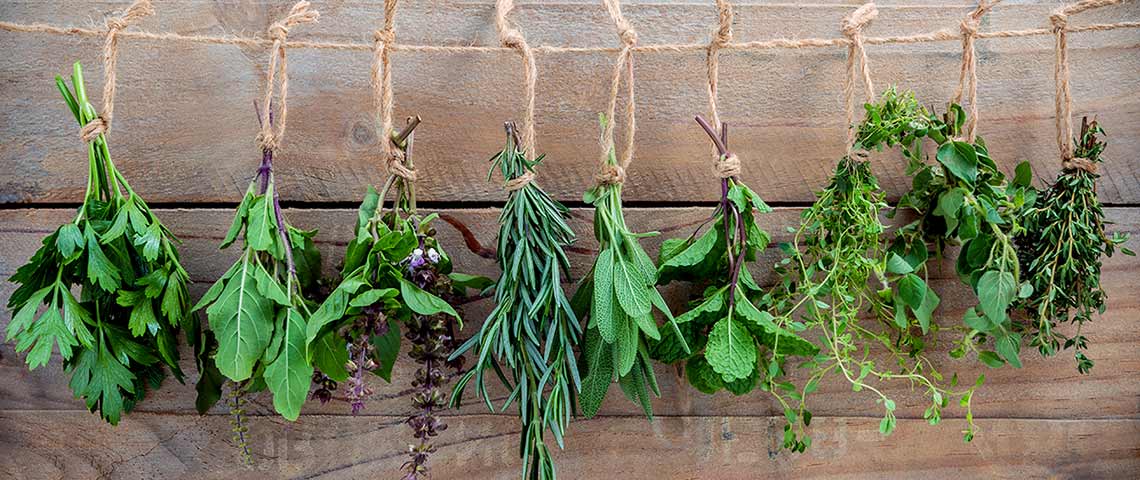How to Grow an Avocado Tree
Growing your own avocados is a great way for kids and adults to connect with nature, but don't expect to impact your avocado toast budget anytime soon. Whether you start from seed or a nursery-grown avocado tree, patience is the one essential you can't do without. Plant a tree, and you'll wait three to four years for fruit. Start with a seed, you may wait 13 years or more. Even so, there's something undeniably special about homegrown avocados. So grow your own, and celebrate the wait!
- Starting an Avocado Tree From Seed
- Planting an Avocado Tree Outdoors
- Caring for Your Avocado Tree
- Harvesting and Ripening Avocados
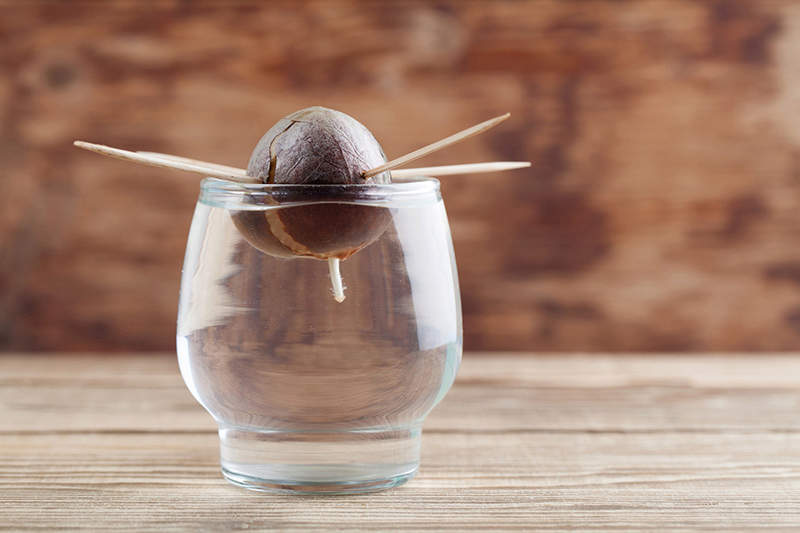
Avocado trees are easy to start from seeds.
Starting an Avocado Tree From Seed
The seed of an avocado is the pit you pick out of the center of avocados you eat at home. One of the simplest ways to start a seed is with water in a normal kitchen glass or jar. It's also one of the most fun ways, because you and your family and friends can watch the roots grow.
To prep your seed, wash it well. Then insert three or four wooden toothpicks into the pit about one-third of the way down from the pointed end. Sit the pit on the glass, pointed end up, so the toothpicks support it on the rim. Add water to cover the seed's bottom half and sit it in a spot with bright light. A south- or west-facing windowsill is perfect. Refresh the water as needed to keep the seed's bottom covered. Then sit back and wait.
In about two to six weeks, your avocado seed should develop roots. Next, the seed's top will crack open and a sprout will emerge. When you reach that point, it's time for container planting. Plant the seed so that half of it stays above the soil line and half stays below.
Pennington Rejuvenate Premium All Purpose Potting Soil Mix gives your baby avocado an ideal home, with essential plant nutrients and Earth-friendly ingredients like added bio-stimulants and earthworm castings to help it thrive. After planting, water it well and place your avocado in the brightest light your home has.
Like indoor lemons and many other citrus trees, avocado trees do really well indoors. Natural terra cotta is a great choice for pots because the porous clay allows air and moisture to move through soil. Start with a 6- to 8-inch-diameter pot with good drainage holes. You can transplant to larger pots as your tree grows over the years.
Planting an Avocado Tree Outdoors
Avocados are tropical plants, so they don't tolerate cold well at all. If you live where temperatures rarely drop to freezing — places like the southernmost regions of Florida, Texas, Arizona or California — you can plant your sprouted seed or a nursery-grown tree outdoors. If you plant outside, do it in spring so your avocado gets settled in and strong before cooler winter months hit. If you're outside those regions, save your hopes and your avocado; stick with pots you can bring back indoors.
Before you plant, take a tip from regenerative agriculture and show your native soil some love. Incorporated into your planting site, Pennington Rejuvenate Natural & Organic Garden Soil Mix revitalizes soil with essential plant nutrients. Plus, you get nurturing ingredients like added bio-stimulants to improve plant nutrient uptake, earthworm castings to enhance soil nutrients and sustainably sourced peat to help you optimize the water and nutrients you use.
Choose a site with excellent drainage and full direct sun, protected from winds and frost. Allow plenty of room for the tree's mature size. With indoor and outdoor potted plants, containers restrict roots and help limit plant size. But in the ground, the restraints are off — avocado trees can grow 40 feet tall or more. Avocados have naturally shallow roots that need to breathe, so plant them at or slightly higher than the level they grew at in their pot.
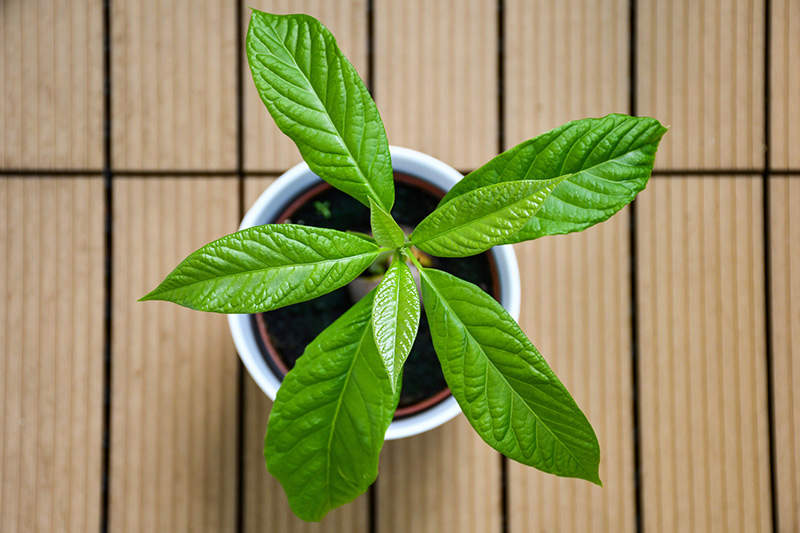
Container-grown avocados make great houseplants.
Caring For Your Avocado Tree
With their large, leathery green leaves, avocados make gorgeous houseplants and landscape trees, even when they're fruitless. Once established, they don't demand much special care. Just provide these basic needs:
Watering – Avocado roots need plenty of air, so avoid overwatering. Always let container soil dry out slightly, then water thoroughly to moisten the entire root ball. If your container tree moves outdoors for summer, expect to water daily. Container plants dry out more quickly in sun and wind — and don't forget to bring your pot indoors once temperatures drop below 50 degrees Fahrenheit in fall.
For landscape avocados, water the entire area beneath the tree's extended branches. Water deeply and thoroughly, then allow the soil to dry out slightly before you water again. Most avocado roots stay in the top six inches of soil, which can dry out quickly.
Newly planted trees may need water two to three times per week their first year. Mature avocado trees need water equal to about 2 inches of rainfall or irrigation each week during summer.
Fertilizing – Avocados do best with plant foods designed specifically for avocados and citrus. They prefer fertilizers with higher amounts of nitrogen relative to phosphorus and potassium. That means that the first number in the N-P-K ratio on your fertilizer label should be higher than the other two.
Pennington Rejuvenate Plant Food Citrus & Avocado 5-3-4 provides avocados with a blend of organic and natural ingredients, including primary nutrients and iron, which is especially important to avocado health and growth. Earthworm castings, beneficial microorganisms such as microbes and mycorrhizae, and humic acids in this plant food improve the soil environment and nourish plants from the inside out.
Follow label instructions for feeding rates based on the size of your tree's diameter. (Measure 4 to 6 inches above the ground.) For best results, feed your potted avocado every one to two months throughout the growing season. For outdoor landscape avocados, feed in late winter, midsummer and again in early fall.
Don't be tempted to overfeed. It won't speed things up. Instead, you may end up with smaller, fewer fruits and less flavor. So be patient and stick with the plan.
Protecting - Avocados can be prone to pests such as mites and avocado thrips. Visible signs of damage include brown spots on leaves or scarred fruit. If pests strike your prized project, treat with Sevin Sulfur Dust. Applied as a dust or spray, you can use this product right up to harvest. After treatment, just let the dust settle or the spray dry before people and pets enter the area again.
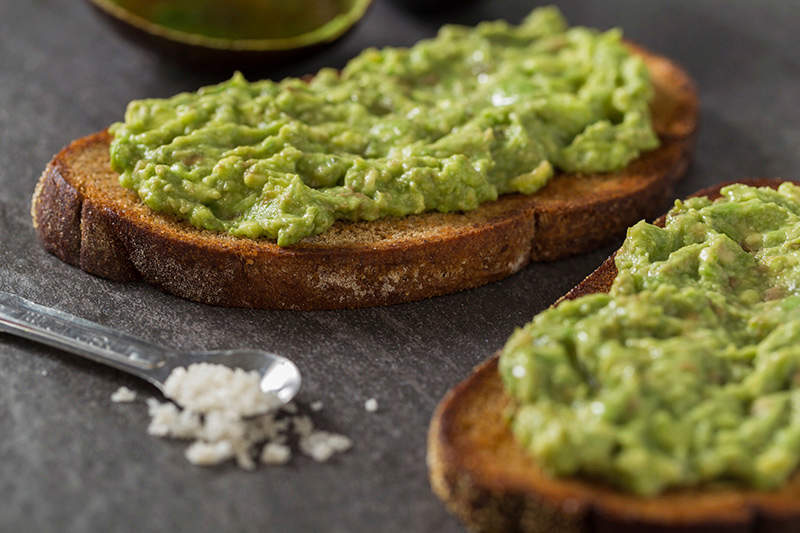
Avocado toast tastes better when it's homegrown.
Harvesting and Ripening Avocados
Once your tree bears fruit, it's almost time to celebrate — but not quite yet. Allow the fruit to grow to full size, and look for hints of maturity like deeper, darker color or more textured skin. With avocados, there's a difference between maturity and ripeness. So, it takes a little practice to get your harvest timing down right.
Unlike vine-ripened tomatoes or fruit that ripens on the tree, avocados don't fully ripen and get soft until after they're picked. When a firm avocado looks mature, pick it and set it indoors at room temperature out of direct sun. A fully mature avocado will ripen and soften within one to two weeks. Once you hit that milestone, harvest as needed. Keep your excess stored on the tree.
To test whether your avocado is ready for your table, don't squeeze with your fingertips. Place the avocado in your hand and squeeze with the fleshy part of your palm right below your thumb. It won't leave bruises like finger squeezes can.
Once avocados start to soften, you have options. Slow the process by putting them in the refrigerator. To speed things up, put avocados in a paper bag with bananas. Then starting planning menus, from avocado toast and classic guacamole to your own avocado-fueled creations.
Ready to try your hand at homegrown avocados? Well, we're here to see that dream come true. We've been in the yard and garden dream business since 1945, and now we're here for you, too. Got a question or comment? We'd love to hear it and stay in touch. We're Pennington. Let us help you nurture your roots.
Always read the product label and follow instructions carefully.

